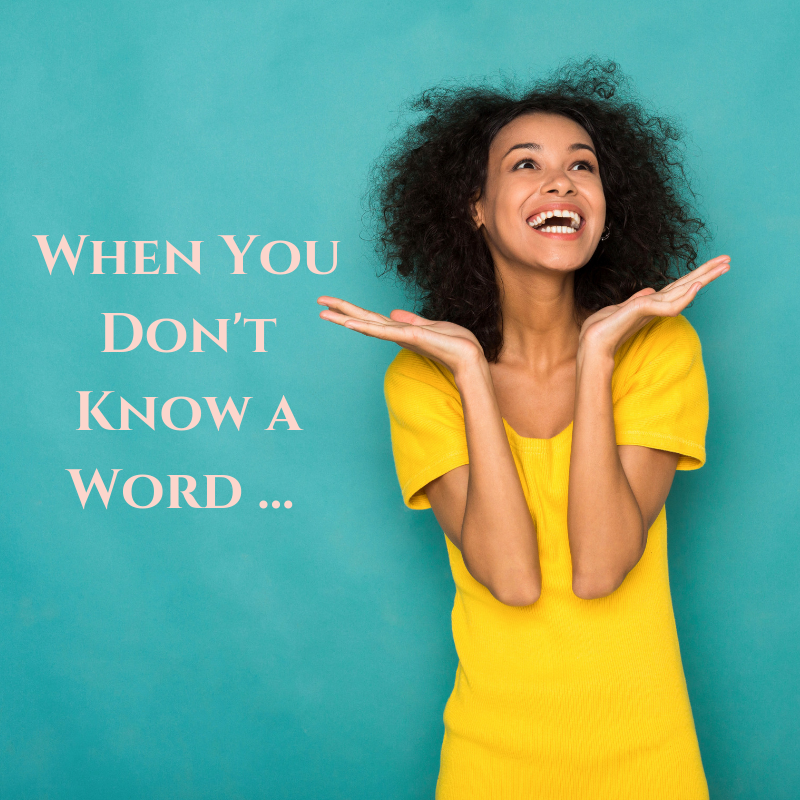“What is this?” I asked, pointing to the clock in the illustration of a pre-k classroom. (It was a kinder English proficiency test, if you’re wondering why I would be doing this.)
“A time” he told me with great confidence.
He couldn’t yet pull out of his brain the word “clock” though he has likely heard it before. However, he knows this round black-and-white object on the wall is used to tell time… so, logically, this item would be called “a time”. What could make more sense?
Now, did I fill in the “correct” bubble on the assessment? No.
But did I, the human, understand? Yes.
Communication achieved.
5-year-old Juan is a teacher for all of us while learning a language. Don’t know the word, but know what it is for? Take a stab at it.
The worst that can happen is … shocker … someone will think “Oh! Not quite it, but … yeah. I get it.” Not too bad, right?
After all, communicating in the real world is not a standardized assessment with a clear right and wrong or a score of any kind. The end goal is to understand and be understood.
So the next time you have the opportunity to engage in Spanish…take the plunge!
I promise … you will be alright.
And when you realize you are drawing a big fat blank on a word … remember Juan and use another related word you do know to get your point across.
Relationship and communication is about so much more than getting the exact precise word.
It is about interacting with each other in the best way possible. It is about overcoming challenges, because when you do, you’re sending the message that the other person is worth the effort!
Laugh and giggle, gesture and stumble over your words, nod emphatically and signal. As you use what you know, and get creative to fill in the rest, not only will you build relationship along the way, but your language will slowly grow to fill in the gaps.
So go out there, my friend! You’ve got this! And always remember … Juan’s got your back.

